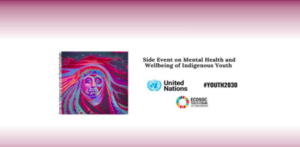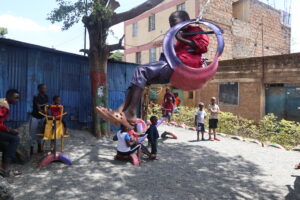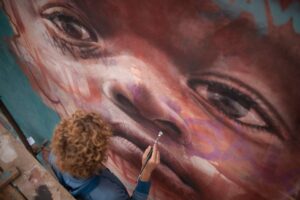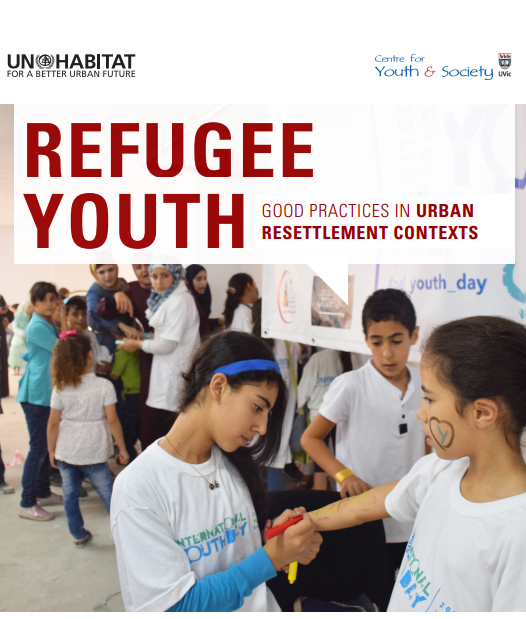Youth, Migration and Displacement
In 2023, there are 117.2 millions people who are forcefully displaced or stateless. Refugee youth aged 15 to 24 years comprise approximately 35% of the total refugee population. How refugee youth are welcomed – what health, housing, language, recreational and employment supports are available and how these services are designed and delivered plays a significant role in creating social cohesion and equity.
In addition to that, by 2023, nearly 295 million people, mostly coming from the Global South, live outside of their country of birth. ”Push” and ”pull” factors that are driving migration flows contribute to increasing urban population worldwide. Globally, only 22% of refugees live in camps, while the majority move on to look for more opportunities in cities and smaller settlements.
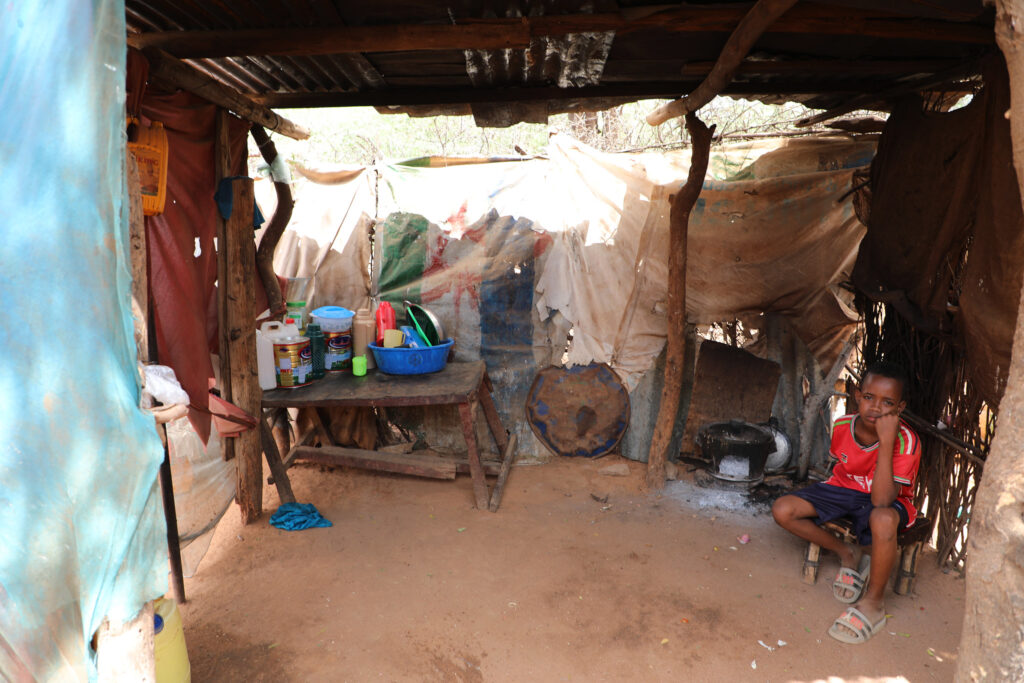
Good Practices in Urban Settlement of Youth
UN-Habitat and the University of Victoria (Canada,) developed guidelines for the urban resettlement of young men and women. Key issues such as the provision of health services, recreation, native languages and a sensitivity to gender-friendly programmes are key.
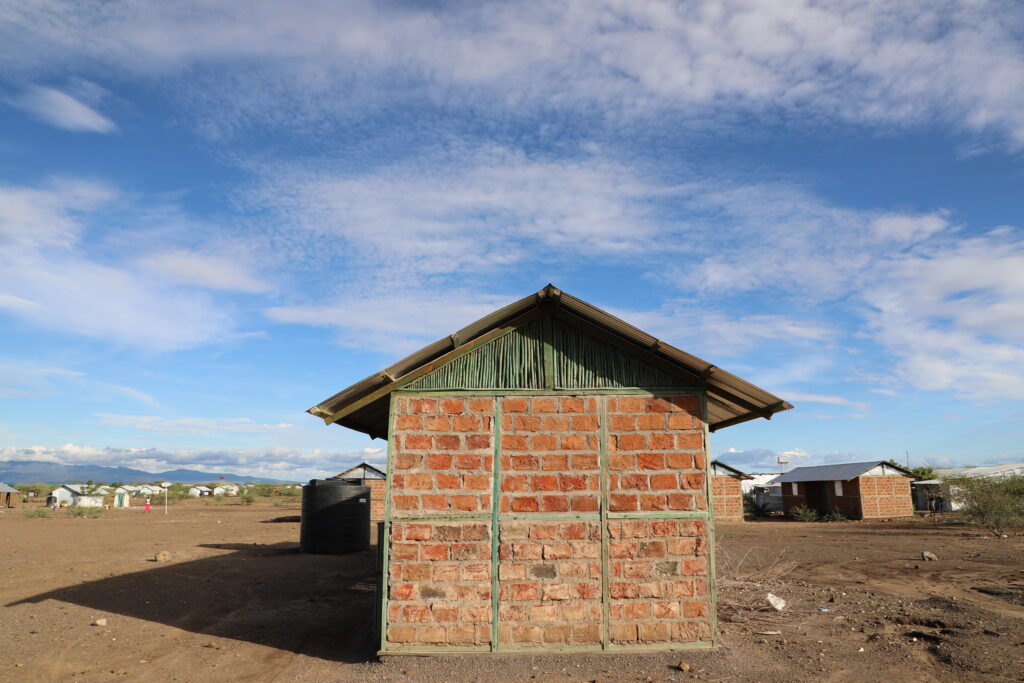
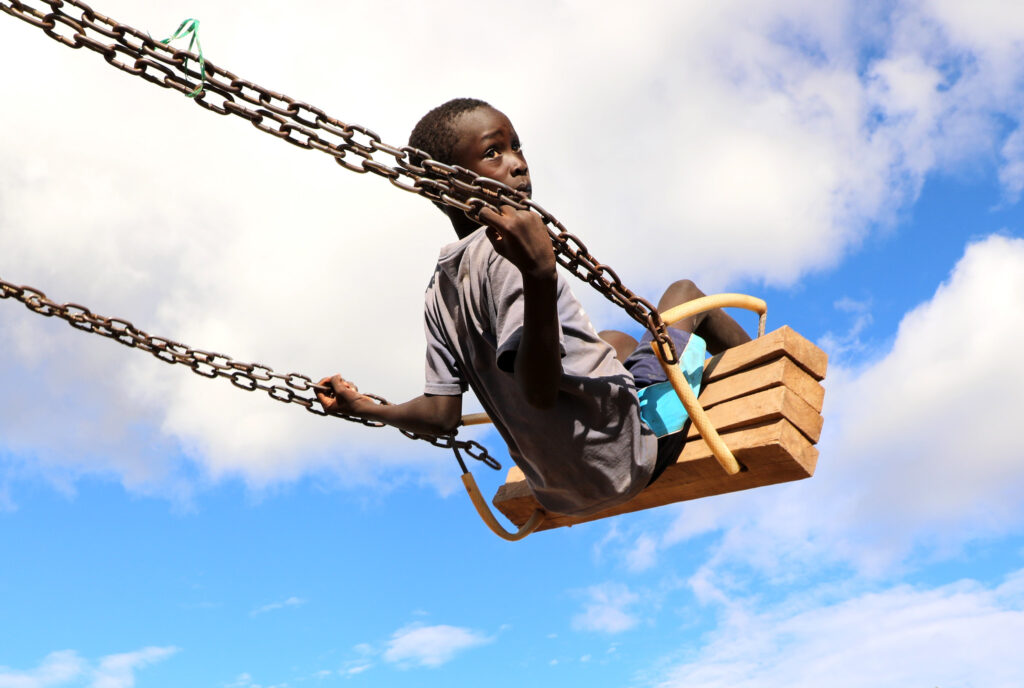
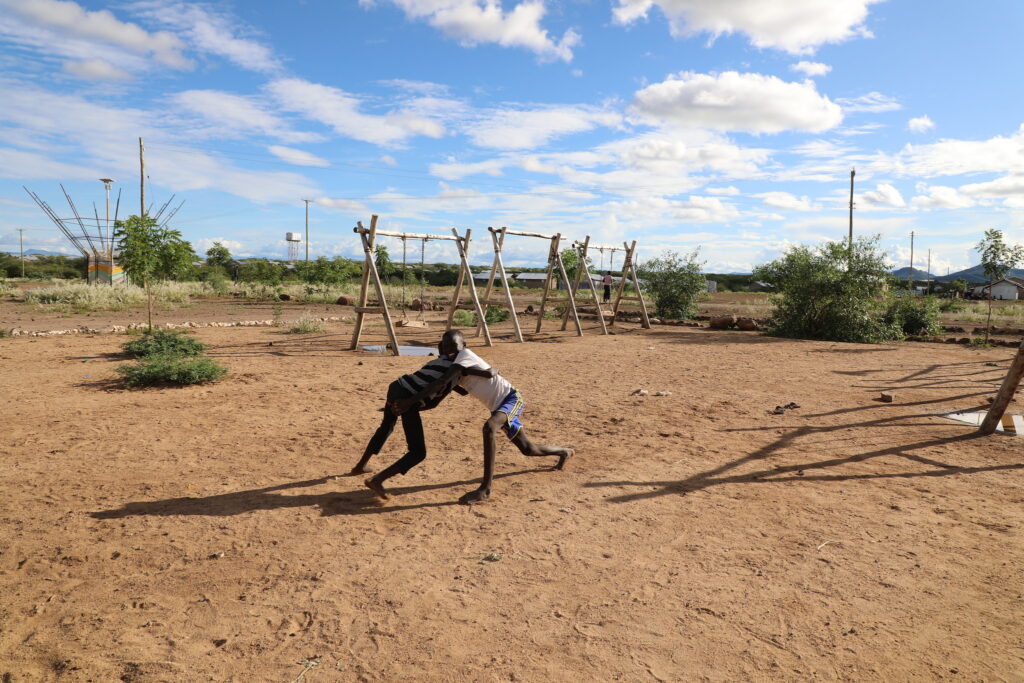
UN-Habitat believes in
Social Inclusion
UN-Habitat ensures that the variety of intersecting identities and special needs of young refugees and migrants are taken into account while designing the programmes meant to promote social inclusion in cities and other human setlements
Youth-led
Development
UN-Habitat firmly believes that youth and youth-led organizations have the ability to effect change many times the resources invested in them.
Stakeholder Engagement
Youth that found themselves in the situation of forced displacement, as well as young migrants, are a very diverse social group, with many intersecting identities influencing their needs and the host society's attitudes towards them.
There is a number of reasons why youth opt for migrating
Here is Daniel’s story – listen and let us know in the comments section on YouTube.
More news and stories about migrant and refugee youth
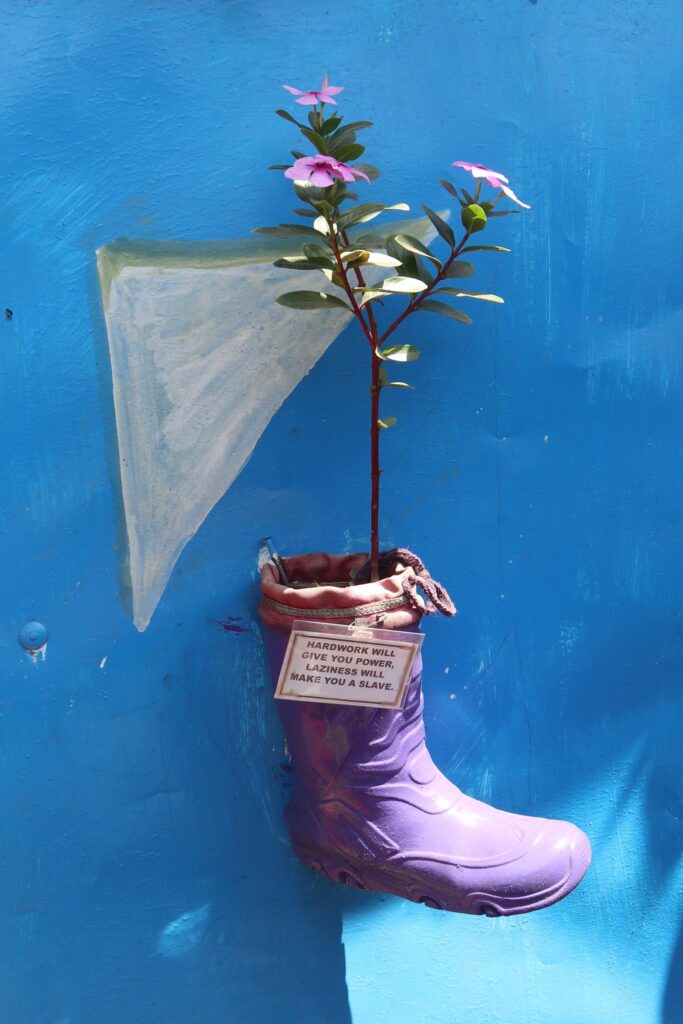
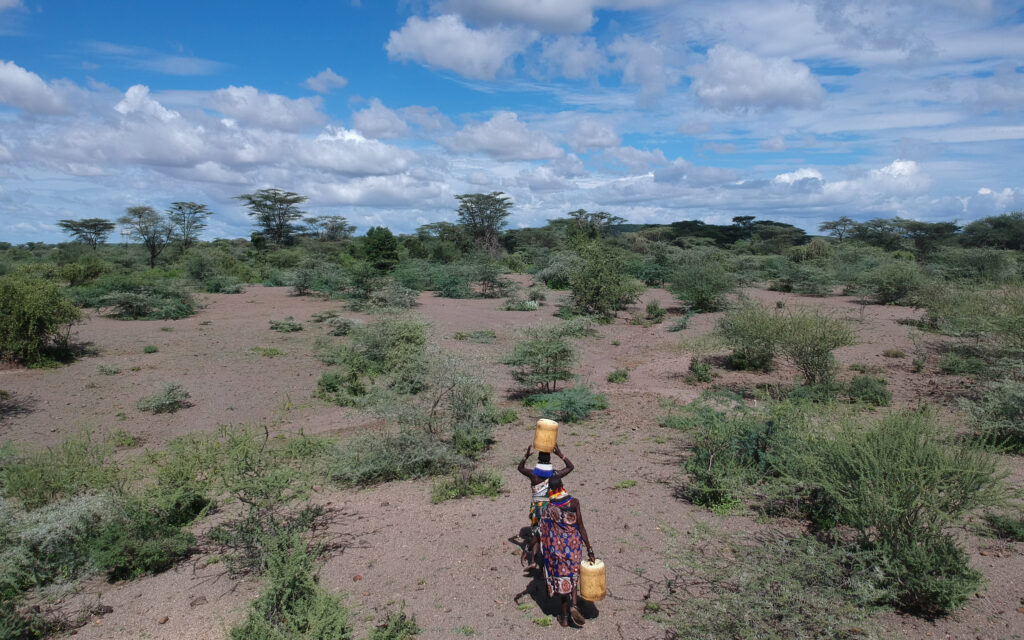
The report Refugee Youth: Good Practices in Urban Resettlement, authored by UN-Habitat and the University of Victoria and launched at the World Humanitarian Summit, focuses on good practices, that is, descriptions and examples of appropriate and effective processes, programs, and services that have been developed and delivered specifically addressing the wellbeing of young refugees.
The study suggests several overall key points to consider when working with young refugees: there is no universal refugee experience; agency is emphasized – in contrast to being passive recipients of services; attention to gender is critical; participation and a resiliency lens is more helpful than a vulnerability or deficit lens; continued connection to cultural identity is important and cultural competency is a key requirement for resettlement workers.
More research on youth in migration and displacement
We have published a number of briefs on the resettling refugee and migrant youth – read them here:

